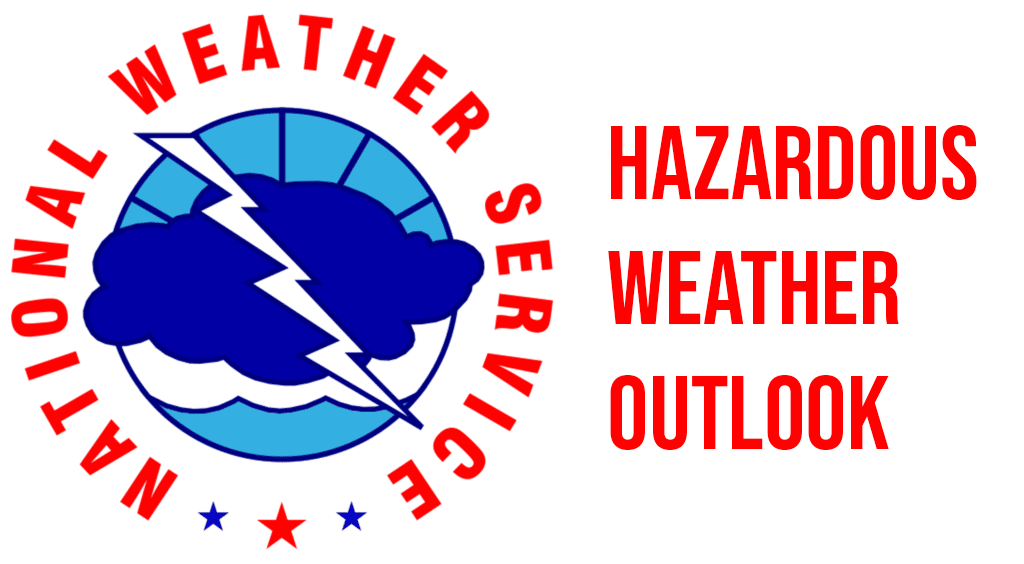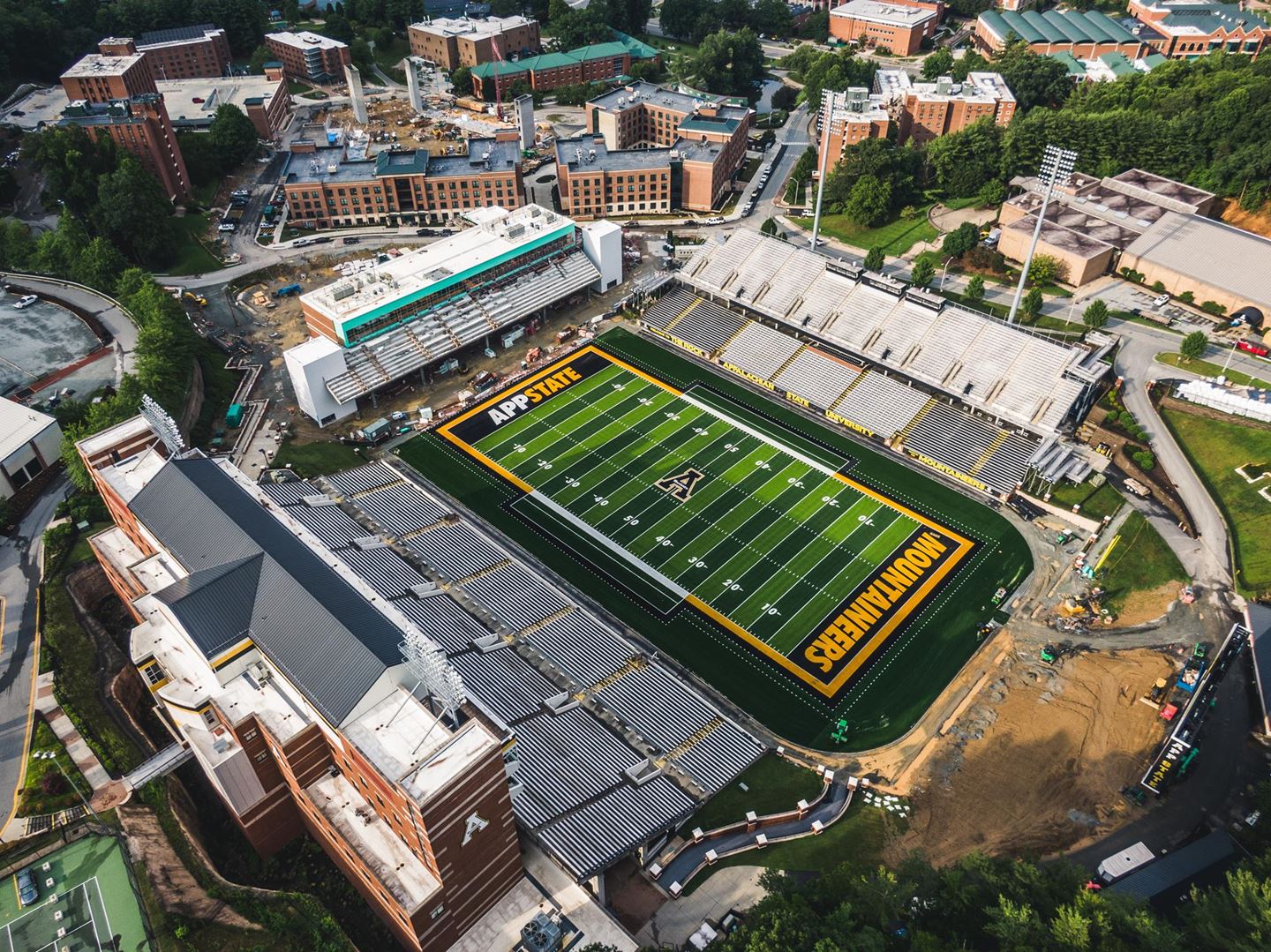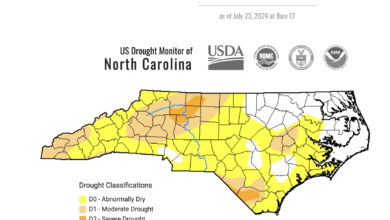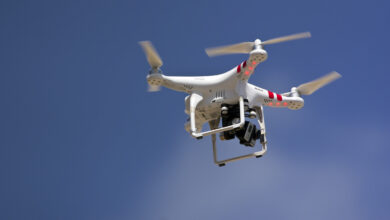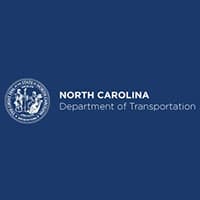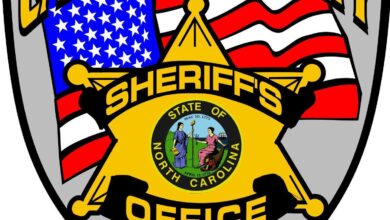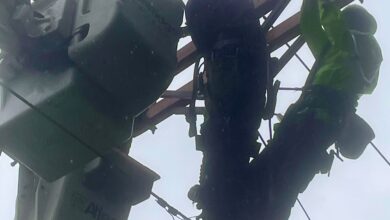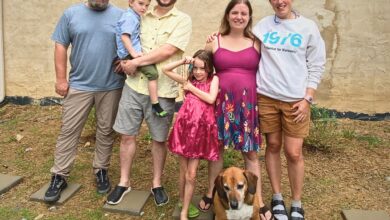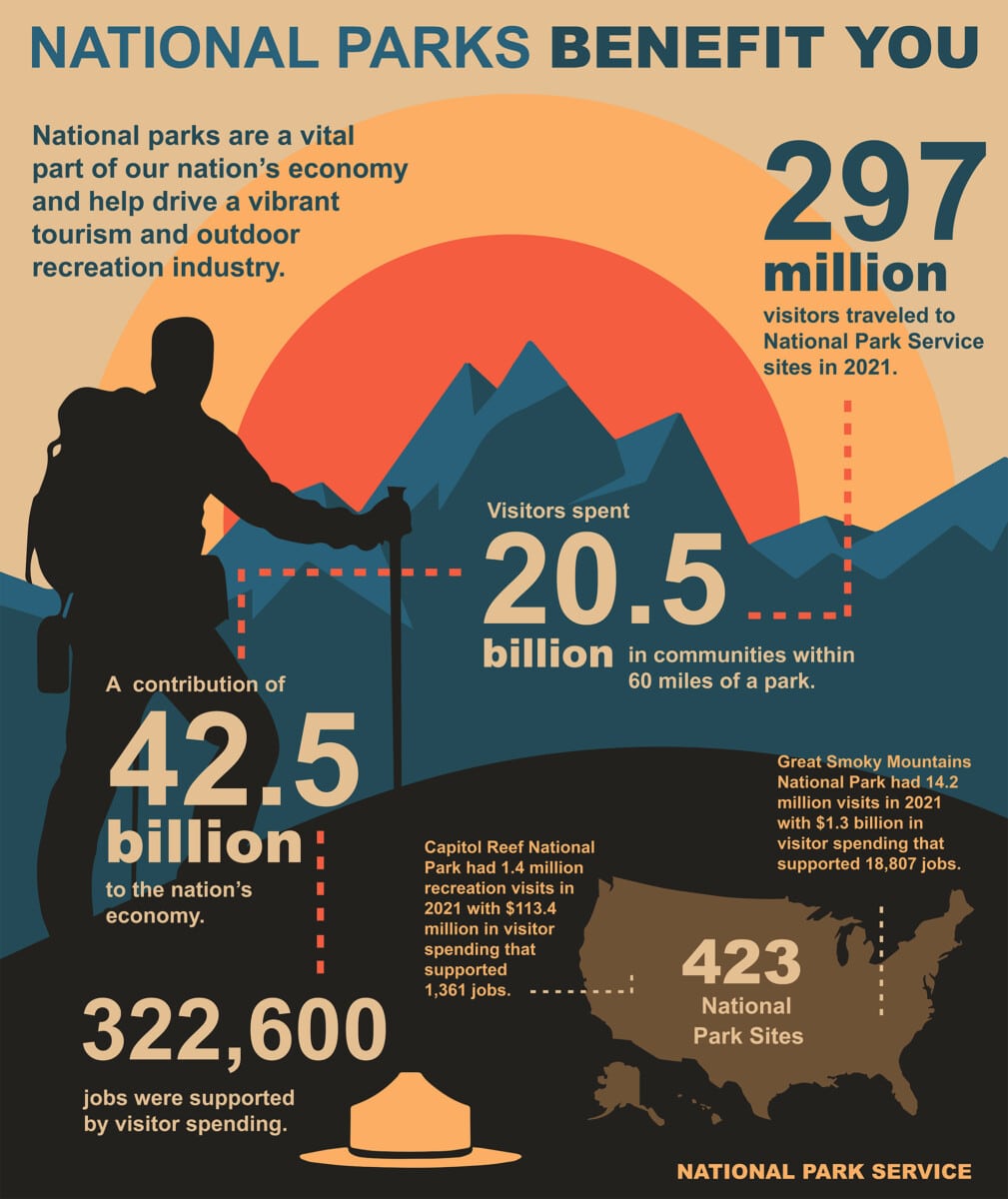
Last Updated on June 28, 2022 10:49 am
WASHINGTON – The Department of the Interior today announced that visitor spending in communities near national parks in 2021 resulted in a $42.5 billion benefit to the nation’s economy and supported 322,600 mostly local jobs.
“Nature is essential to the health, well-being and prosperity of every family and community in America, as well as to the local economies of gateway communities that support our national parks,” said Secretary of the Interior Deb Haaland. “As we continue to welcome families to our parks and public lands across the country, the Interior Department is committed to making investments in our lands and waters that will support tens of thousands of jobs, safeguard the environment, and help ensure that national parks and public lands are ready to meet the challenges of climate change and increased visitation.”
According to the National Park Service report, 2021 National Park Visitor Spending Effects, approximately 297 million visitors spent $20.5 billion in communities within 60 miles of a national park. Of the 322,600 jobs supported by visitor spending, 268,900 jobs were in park gateway communities.
Additional findings include:
- Visitor spending in 2021 meant $14.6 billion in labor income and $24.3 billion in value added.
- The lodging sector saw the highest direct effects, with $7 billion in economic output directly contributed to this sector nationally.
- The restaurant sector saw the next greatest effects, with $4.2 billion in economic output directly contributed to this sector nationally.
The National Park Service is initiating a new socioeconomic monitoring project in 2022 that will survey park visitors in 24 parks each year for the next 10 years or more. One of the early parks surveyed under this method was Zion National Park in 2021, offering an updated picture of visitor spending.
“Zion National Park was one of the first parks where visitors were surveyed under the new method. The results showed that our previous estimates or ‘profiles’ of average visitors underestimated the time they spent in the park and in gateway communities and we underestimated the amount of money they spent during their trips to the park,” said National Park Service Director Chuck Sams. “The new survey information will enable park managers to further improve the visitor experience and guide how to reach and engage with people who have yet to visit a national park.”
An interactive tool enables users to explore visitor spending, jobs, labor income, value added, and output effects by sector for national, state and local economies. Users can also view year-by-year trend data.
The annual peer-reviewed economics report was prepared by economists from the U.S. Geological Survey and National Park Service. It includes information by parks and by states on visitor spending, the number of jobs supported by visitor spending and other statistics.
For more state-by-state information about national parks and how the National Park Service is working with communities, go to http://www.nps.gov/statename, for example: http://www.nps.gov/virginia.







